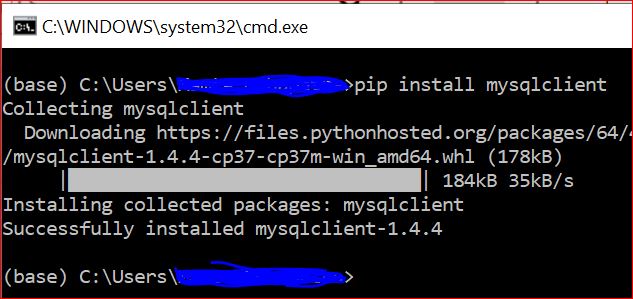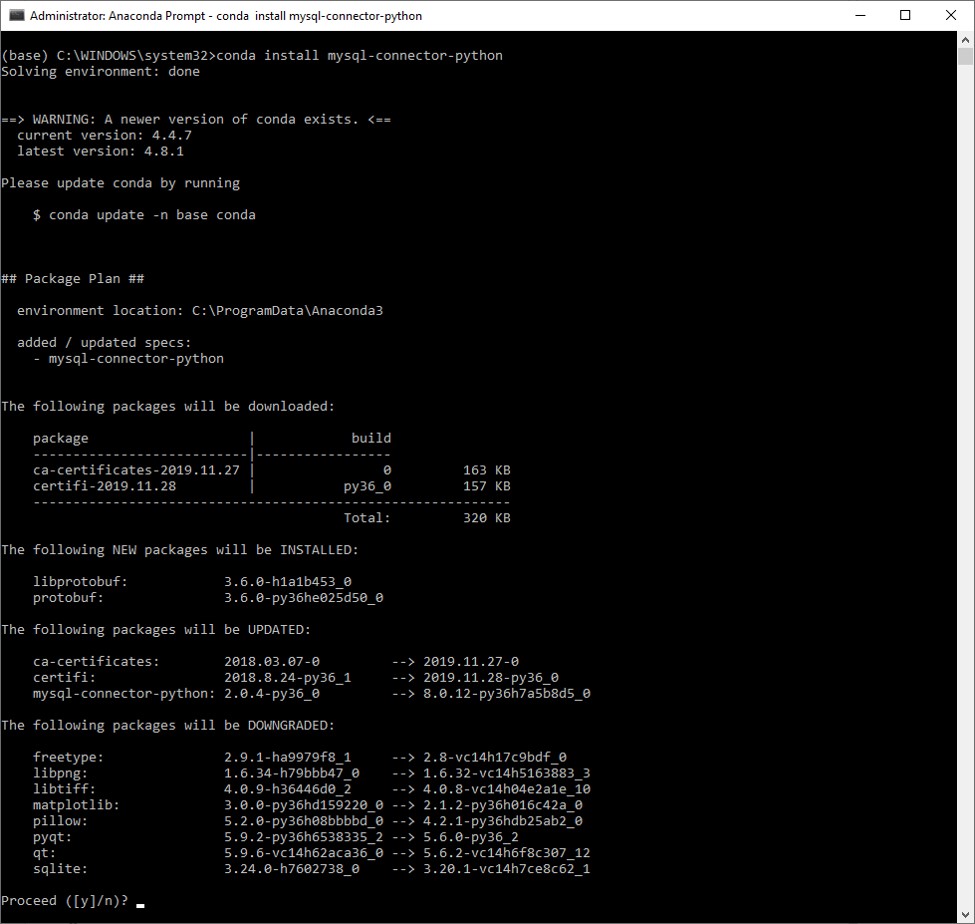
- Mysql connectorj install path zip file#
- Mysql connectorj install path driver#
- Mysql connectorj install path code#
- Mysql connectorj install path password#
It is recommended to create new connection to avoid using "root" user ("ERROR: Unable to Connect to Database.In the above screenshot, I have setup a new connection named "dev". Step 3: Establish Java MySQL connectionĬonnection = DriverManager.getConnection(URL, USER, PASSWORD) Public static final String DRIVER_CLASS = "" Public static final String URL = "jdbc:mysql://localhost/jdbcdb"

Private static JDBCMySQLConnection instance = new JDBCMySQLConnection() Step 1: Use interfaces from java.sql package To complete the above steps, create a new class JDBCMySQLConnection in package and copy the following code.
Mysql connectorj install path password#
Public static final String PASSWORD = "YOUR_DATABASE_PASSWORD" Ĭonnection connection = DriverManager.getConnection(URL, USER, PASSWORD) Java database connection string URL:Įxample, for Java MySQL connection string URL: Public static final String USER = "YOUR_DATABASE_USERNAME" public static final String URL = "jdbc:mysql://localhost/jdbcdb" In this example, we have created these as constant variables and passed it in getConnection() method. This method requires a JDBC MySQL connection URL string, MySQL database username and password. We connect to MySQL from Java using DriverManager class by calling DriverManager.getConnection() method. public static final String DRIVER_CLASS = "" Ĭlass.forName(DRIVER_CLASS) Establish Java MySQL connection In the below code, we have created a static final String variable (constant) and passing it as parameter to class.forName as shown below.
Mysql connectorj install path driver#
The statement Class.forName (“”) loads the MySQL Java driver class in memory. This connector JAR file needs to be included in the client project’s classpath which is explained later under Configure JDBC Driver in Eclipse. The Java MySQL driver () is available in the downloaded Java MySQL Connector JAR file. You need to import required classes/interfaces from java.sql.* package which acts as a bridge between Java application and database. We write a class ( JDBCMySQLConnection) defining database connection configuration statements and methods to make JDBC connect to MySQL database.įollowing steps are involved in JDBC MySQL connection. If you are a newbie, refer this link on getting started with Java and Eclipse. Create a new Java Project and name it as “ JDBCMySQLSample“.Create the following tables inside this database.įoreign key references department(dept_id).Create a database in MySQL and name it as “ jdbcdb“.This JDBC MySQL example uses a sample database “ jdbcdb” which contains the following table

Unzip the connector to a safe location on your computer which contains MySQL Connector/J JAR. This tutorial uses JDBC MySQL connector 5.1 version.


Mysql connectorj install path zip file#
This connector is typically delivered with the product in a jar or zip file or available in the provider’s website. To reach the database using JDBC we need a JDBC driver from the database provider in our case – MySQL. The JDBC database Connector provides access to the database. A database specific driver is required for each database which implements the JDBC API. JDBC API mostly consists of interfaces which work independently of any database. Refer this tutorial on MySQL for creating database and tables, inserting data into tables, etc.
Mysql connectorj install path code#
You can code and run a Java program using a simple text editor (such as Notepad) and use command prompt to run the program. Refer the links to install Java in Windows, Ubuntu. Make sure you have Java SE installed in you computer. The JDBC classes are contained in the Java package java.sql and javax.sql.įollow the steps to setup a JDBC development environment with which you can compile and run JDBC MySQL example. It provides methods for querying and updating data in a database. Java Database Connectivity (JDBC) is a Java-based data access technology that defines how a client may access a database.


 0 kommentar(er)
0 kommentar(er)
